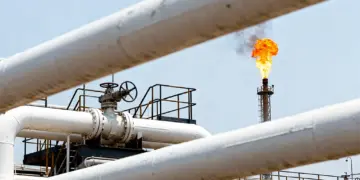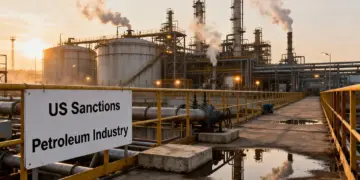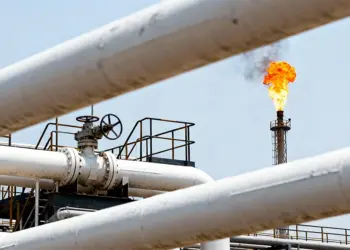Interestingly, US crude oil futures dipped 2% recently to close at their lowest in four years after OPEC+ agreed to hike the production for the second consecutive month.
It is well to be noted that US crude oil lost $1.16, or rather 2%, to close at almost $57 per barrel, which is the lowest settlement since February 2021. Brent crude, which happens to be the global yardstick, saw a fall of $1.06, or 1.7%, settled at almost $60 a barrel. Oil prices, apparently, have fallen almost 20% this year already.
All the eight producers within the group, spearheaded by Saudi Arabia, agreed to raise the output by a further 411,000 barrels a day in June 2025. This decision comes a month after OPEC+ went on to surprise the market by giving its nod to boost the production in May by a similar amount.
It is well to be noted that the June production surge is triple the 140,000 barrels a day that Goldman had anticipated initially. This move goes on to mean that OPEC+ will be bringing over 800,000 barrels per day of additional supply into the market in the course of another two months.
Notably, oil prices in April 2025 posted the biggest monthly loss ever since 2021. As president Trump‘s higher tariffs have gone on to raise fears of recession, that would slowdown the demand for oil and that too at A time when OPEC+ is quickly increasing its supply. The oil research head at Goldman Sachs, Daan Struven said that they have a conviction that higher spare capacity along with higher risk of recession skew the risks when it comes to oil prices to a further dip inspite of the comparatively tight spot fundamentals.
The investment bank has already started to cut its forecast for US crude oil prices in 2025 by $3 and has come to $56 a barrel.
SLB and Baker Hughes, which happen to be oilfield service firms, are anticipating investments when it comes to exploration as well as production to dip this year because of the weak price environment.
According to the CEO of Baker Hughes, Lorenzo Simonelli, the prospects when it comes to an oversupplied oil market, rising tariffs, activity weaknesses across Saudi Arabia, and uncertainty in Mexico are collectively constraining the international upstream when it comes to the spending levels.
Unsurprisingly, oil majors like Exxon and Chevron reported their first-quarter earnings in the last week of April, which fell as compared to the same period in 2024 because of lower oil prices.


















































